These Regular People Uncovered These Ancient Sites
When experts pull off a remarkable feat at what they’re good at, people often go: “Well, that’s their specialty, isn’t it?” However, it becomes a historic moment when a rookie achieves something similar.
The following prehistoric sites were all chanced upon by individuals who knew little or nothing about archeology but somehow sensed they’d stumbled upon a significant find. Let’s take a look at some of these exciting discoveries.
How One Couple Came to Fame
Lucy Muir and Joseph Botting are a married couple who both have a doctorate in paleontology. However, they have minimal experience in the field. So, during the COVID-19 lockdown, they decided to keep busy by getting down in the dirt.
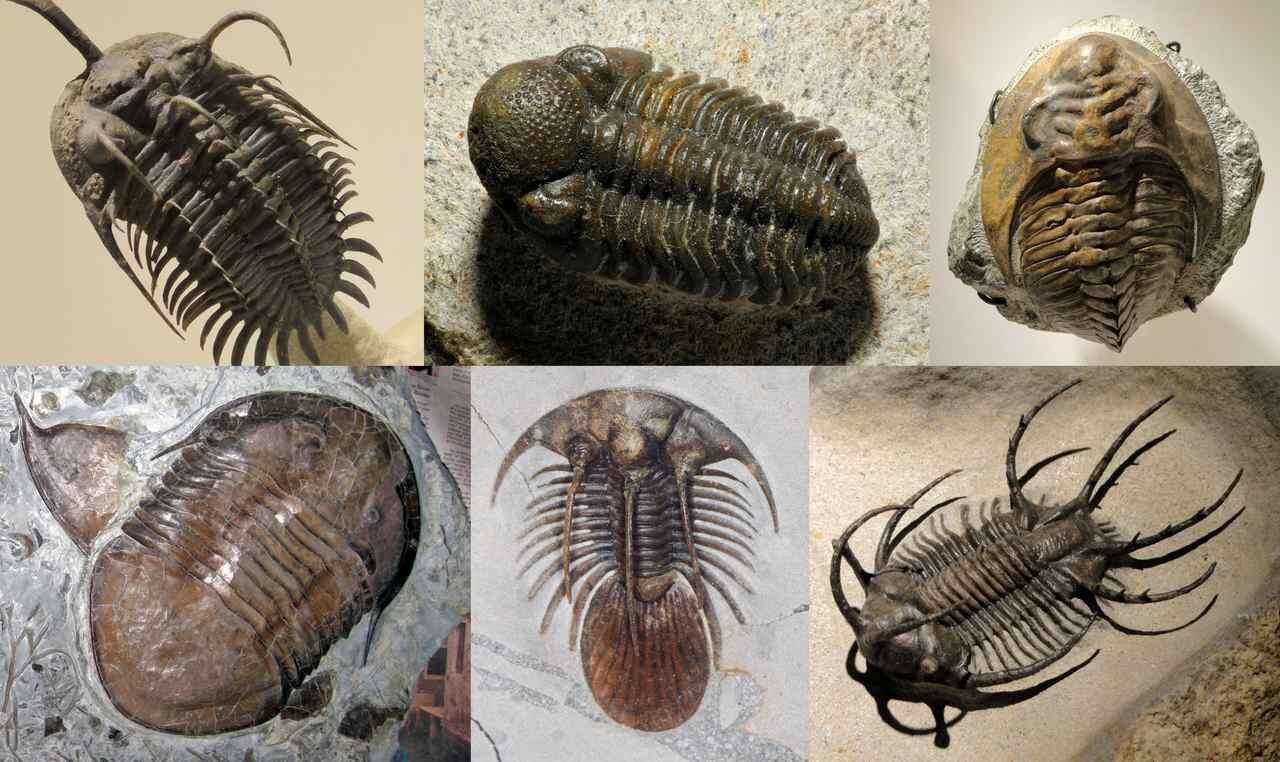
Source: Wikimedia Commons
One day, the couple found a quarry near their Llandrindod home in Wales. Although it was supposed to be a casual pastime, they ended up unearthing some 170 fossils (and counting) dated to be from about 450 million years ago!
A Paleontologist's Goldmine
That quarry in Llandrindod, Wales, turned out to be the dream of any paleontologist. The finds were very rare and diverse in nature.
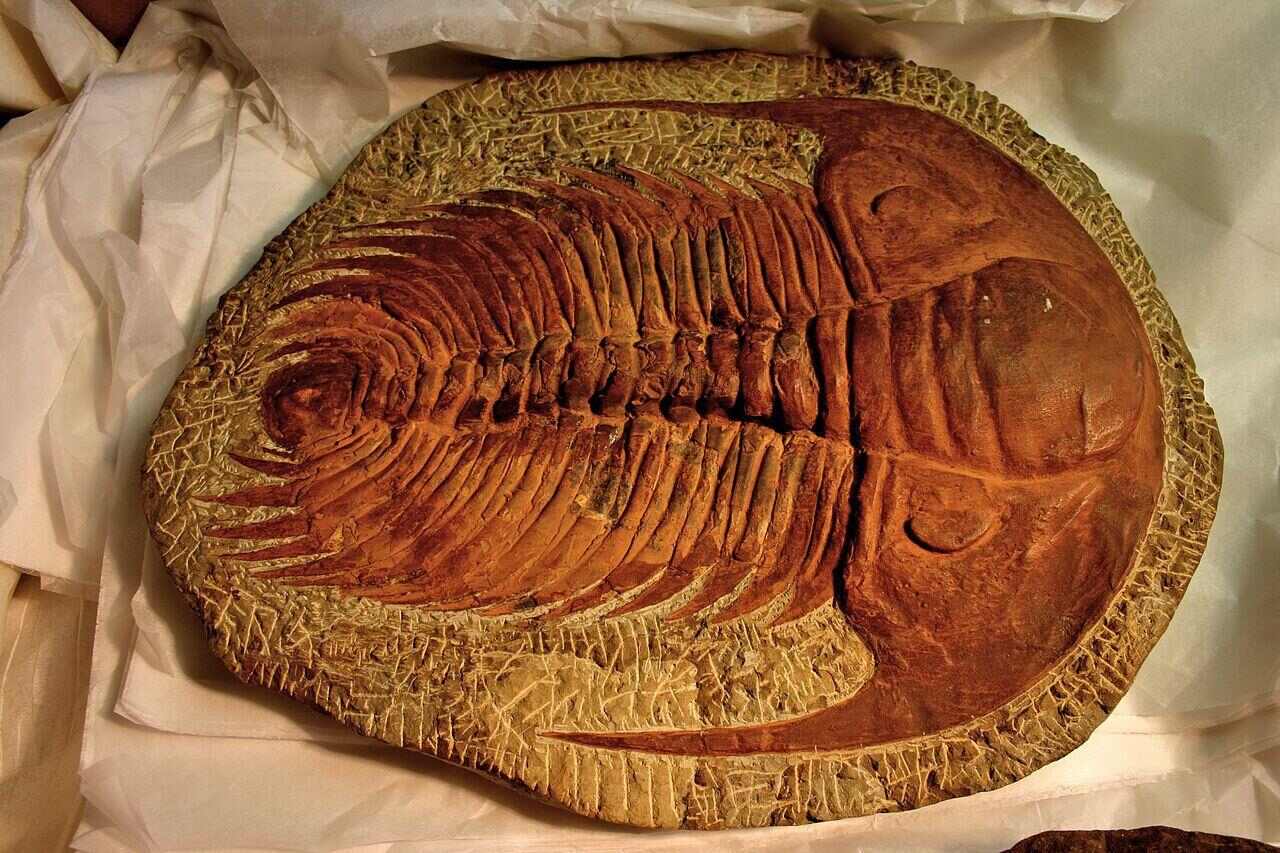
Source: Wikimedia Commons
Usually, when fossils are dug up at an archaeological site, there are often recurrent finds of particular species or families of creatures among the fossils. However, there were various types of well-preserved fossils at the site.
The Rarest and Oldest Fossils Ever Found
The fossils discovered at the Llandrindod quarry have been found to be from a time in Earth’s history called the Middle Ordovician period. This will definitely answer questions about the nature and types of life forms that populated the earth millions of years ago.
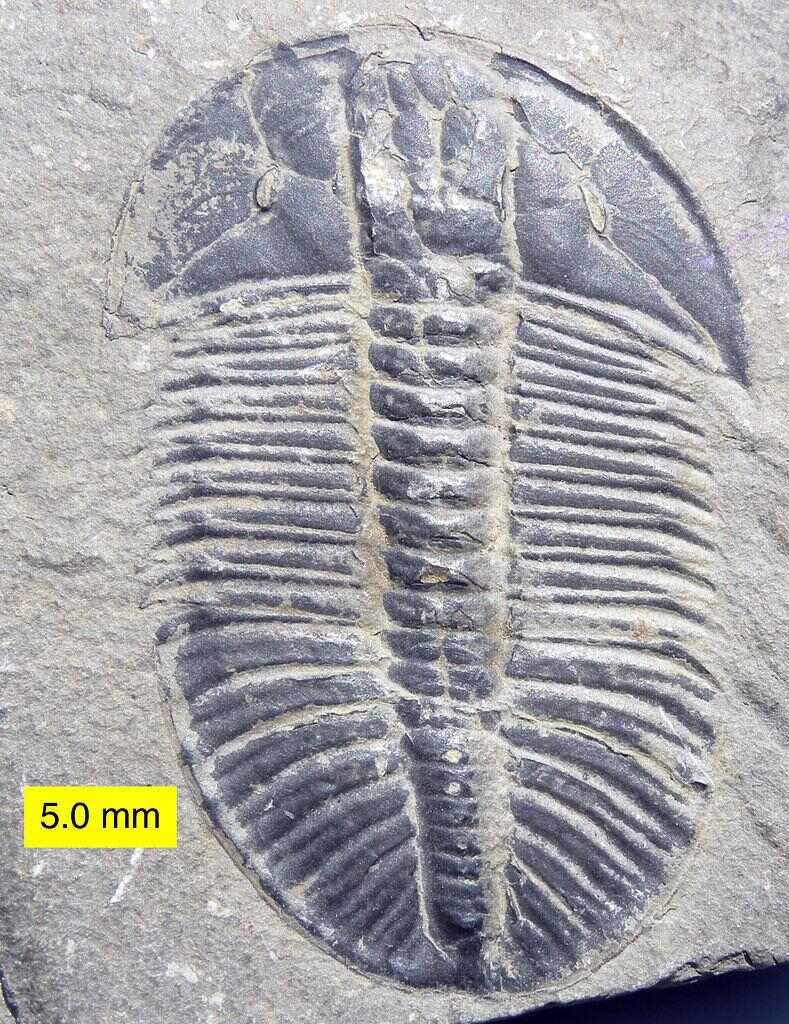
Source: Wikimedia Commons
Doctors Botting and Muir are not done yet, as they keep finding new fossils each time they return to the site. They may end up needing a dedicated museum for all their finds.
War Loot in a Corn Field
In 2006, Fred Johnson, a farmer in Staffordshire Hoard, UK, had just finished plowing his field. He was preparing for another planting season when Terry Herbert approached him for a favor. Herbert was one of those hobbyists that hunted treasures with a metal detector and asked permission to scour the freshly plowed field.
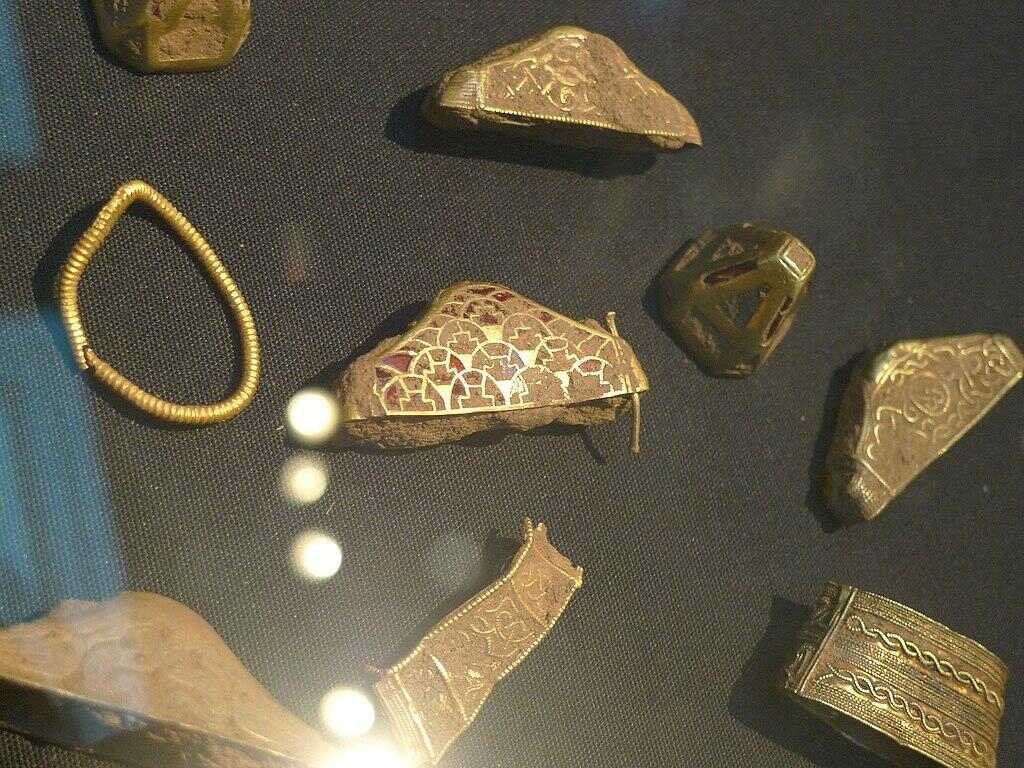
Source: Wikimedia Commons
Herbert discovered a hoard of golden Anglo-Saxon jewelry and artifacts littered around the field. Experts in that same field later found some 4,000 artifacts.
Slabs From African Civilizations
The French forces found a peculiar stone slab during the 1799 invasion of Egypt. The officer in charge of the regiment noticed the stone sported inscriptions written in Demotic, Hieroglyphics, and Greek.
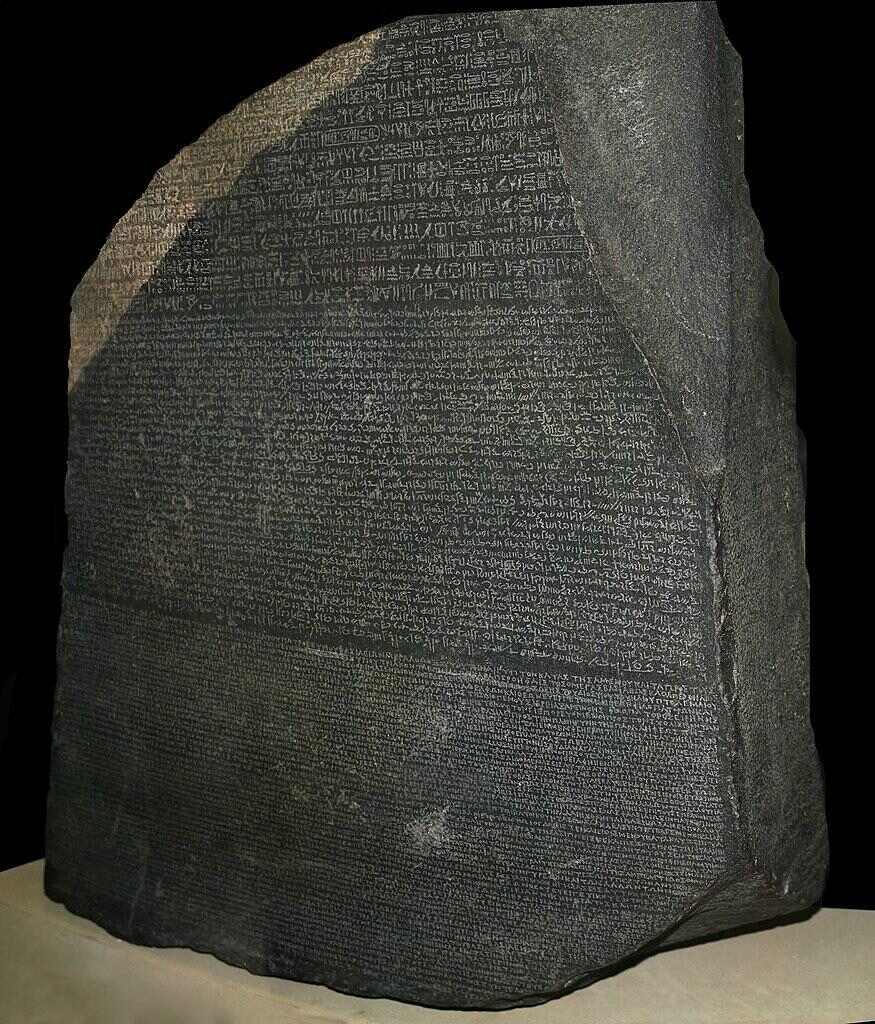
Source: Wikimedia Commons
British forces later impounded the slab after overrunning the French army. The slab has been on display in a British museum since 1802. The three inscriptions had the same content, albeit in different languages. The slab helped language experts decipher ancient Egyptian Hieroglyphics.
A Pitfall Trap in Somerset, England
In 1824, the village of Banwell in Somerset watched their local school fall into disrepair and linger on the verge of closure. So, to raise some funds, they decided to open a stalactites cave discovered by miners to the public.
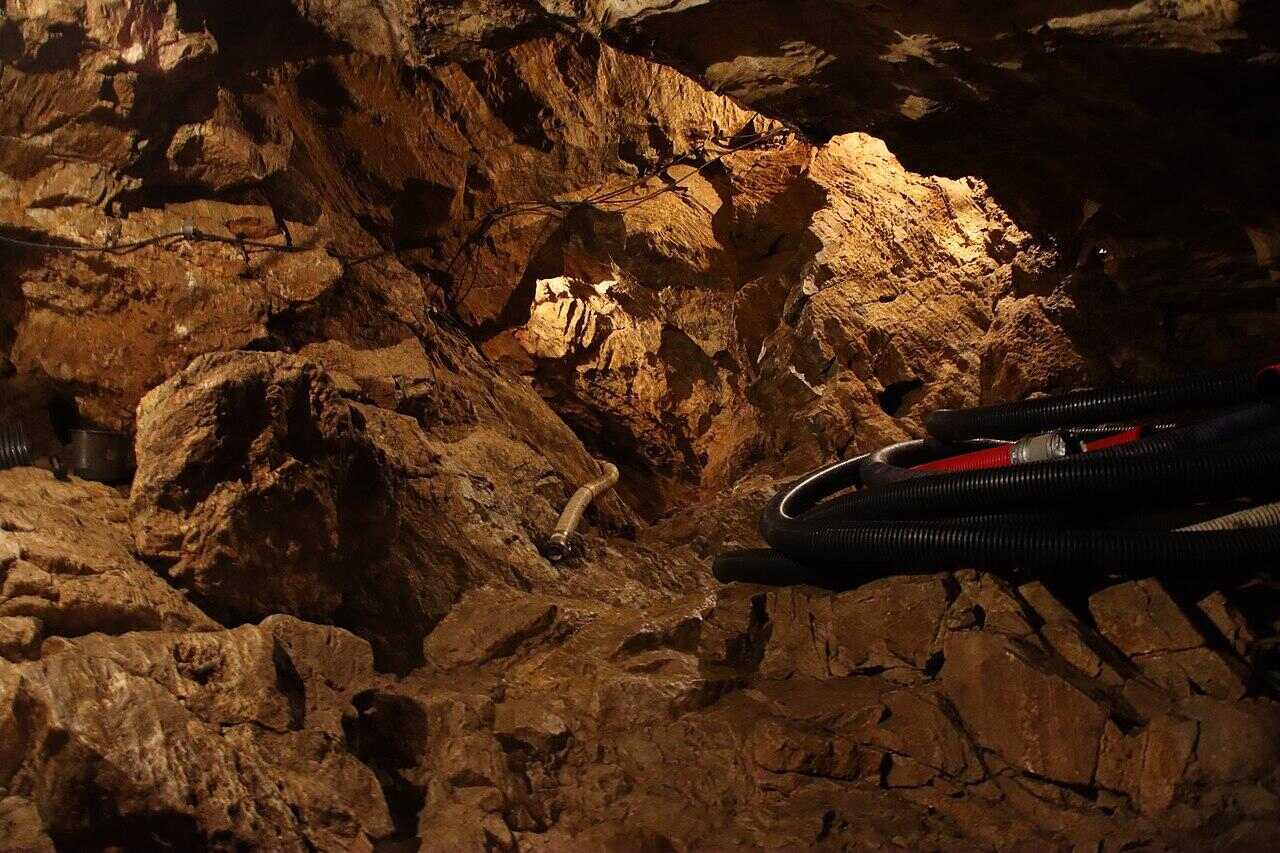
Source: Wikimedia Commons
Locals dug a little further to give visitors to the cave easy access, but they unearthed ancient animal remains. Experts dated the bones to be about 80,000 years old.
The Disputed Iceman
A tourist couple—Herika and Helmut Simon—were visiting the Austrian Ötztal Alps from Germany. During their hike, they found a body frozen in the snow and notified the authorities.
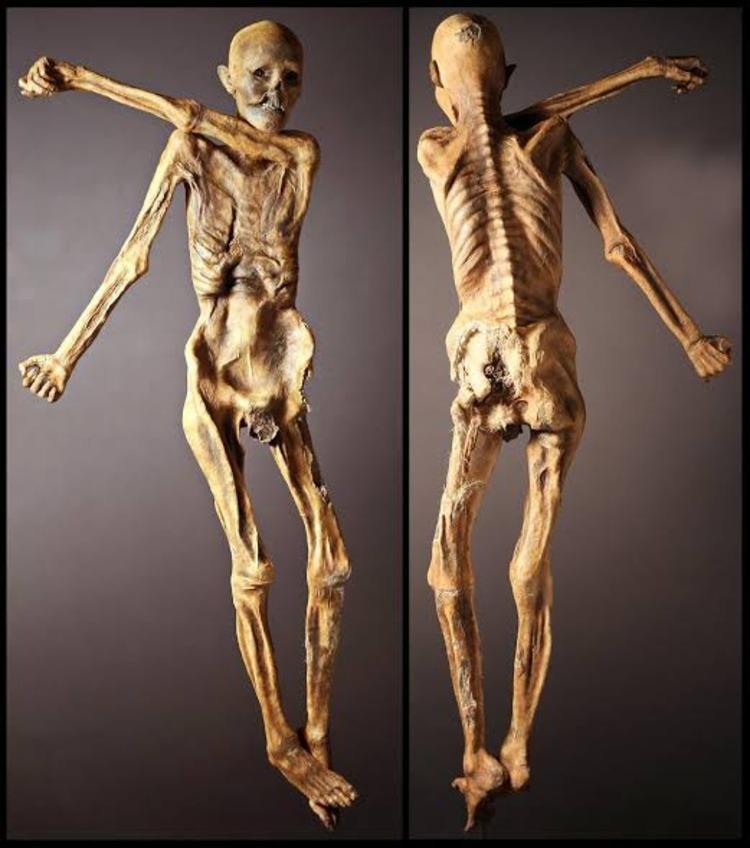
Source: Twitter
Examination of the body would reveal the remains to be about 5,000 years old. Consequently, archaeologists nicknamed the body Ötzi. It caused a rift between Italian and French archaeologists, as it was found at the border of the two countries. However, it is presently on display at an Italian museum.
A Guard of Honor for the Afterlife
Two Chinese brothers were digging a communal well in 1974 when they found fragments of a clay soldier. When information got out, archaeologists descended on the area and eventually relocated the entire village.
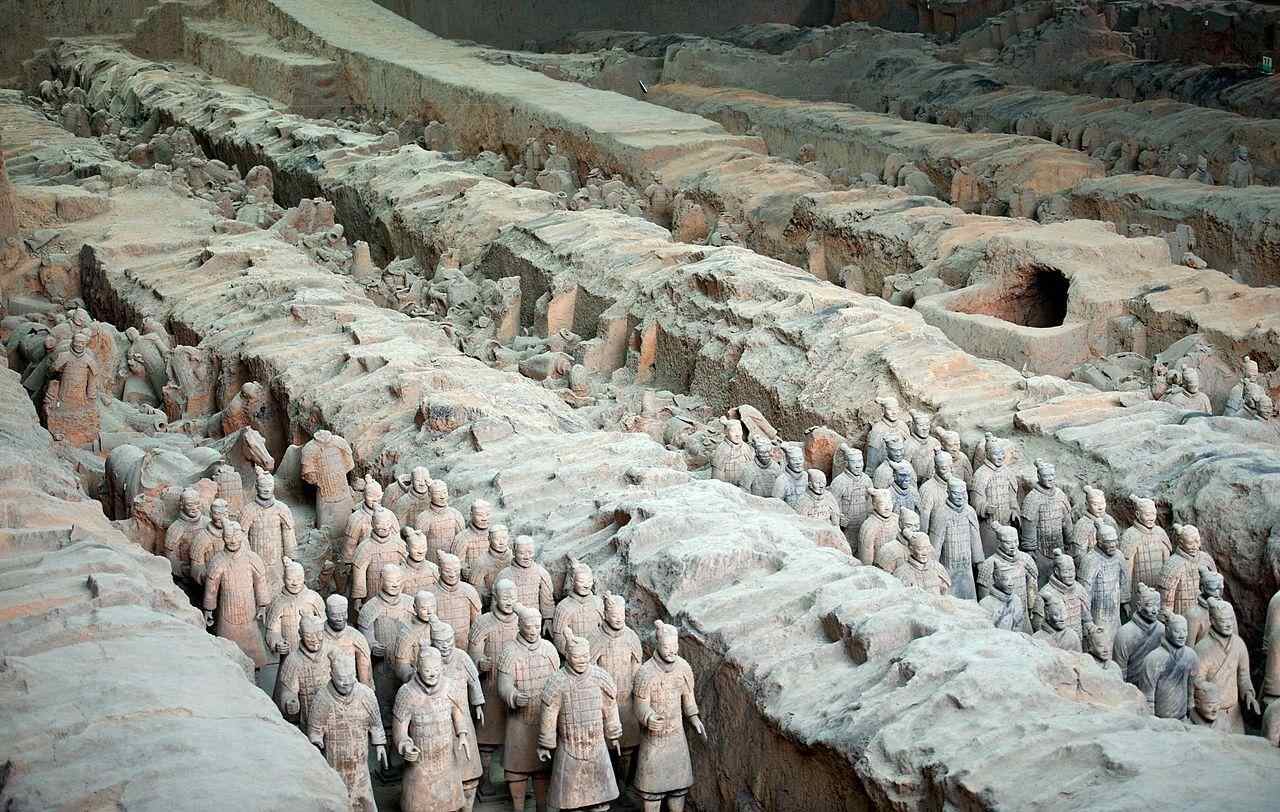
Source: Wikimedia Commons
It so happened that the region housed the tomb of Emperor Hin Shi Huang, who was buried in 210 BC. Eventually, archaeologists found 8,000 terracotta soldiers buried around the tomb. The area has since become a popular tourist attraction.
Discovered by Chickens
In 1963, a Turkish man didn’t know what to make of his chickens disappearing one after the other. It turns out they had been escaping through a hole exposed during renovations at his house. After breaking down the wall, it unveiled a deep underground tunnel carved into the rock.
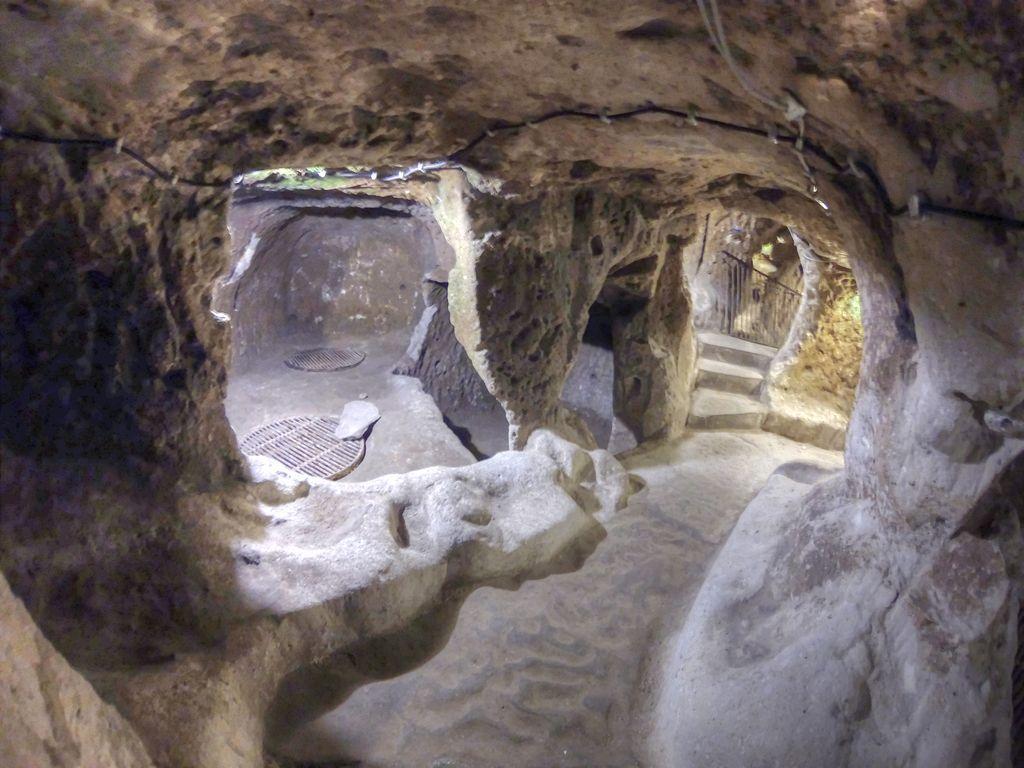
Source: Wikimedia Commons
Archaeologists believe the underground city in Cappadocia, Turkey, was carved by the Hittites some 3,000 years ago and accommodated up to 20,000 people.
A King's Burial Site
Edith Perry was a British widow who was lonely and somewhat depressed after her husband passed. So, she decided to get busy by exploring some strange mounds on her Suffolk property.
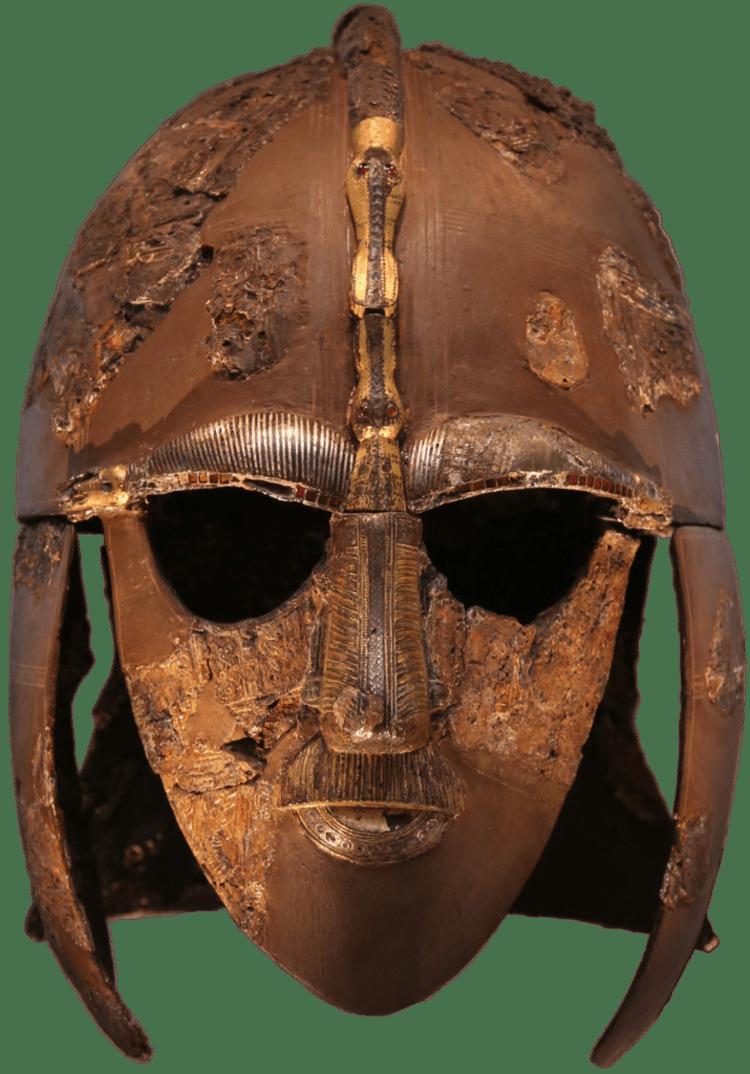
Source: Wikimedia Commons
In 1938, with the help of self-taught archaeologists, Perry went from mound to mound until she made a notable discovery. She found what professional archaeologists certified as the burial site of East Anglia’s King Raedwald.
Ancient and Modern Architecture Unite
Around 2004, the influx of tourists into Sofia, Bulgaria, made it necessary to construct a new hotel. However, an ancient Roman ruin was discovered during the excavations for the foundation. It turned out to be an amphitheater from a 4th-century Roman town called Serdica.
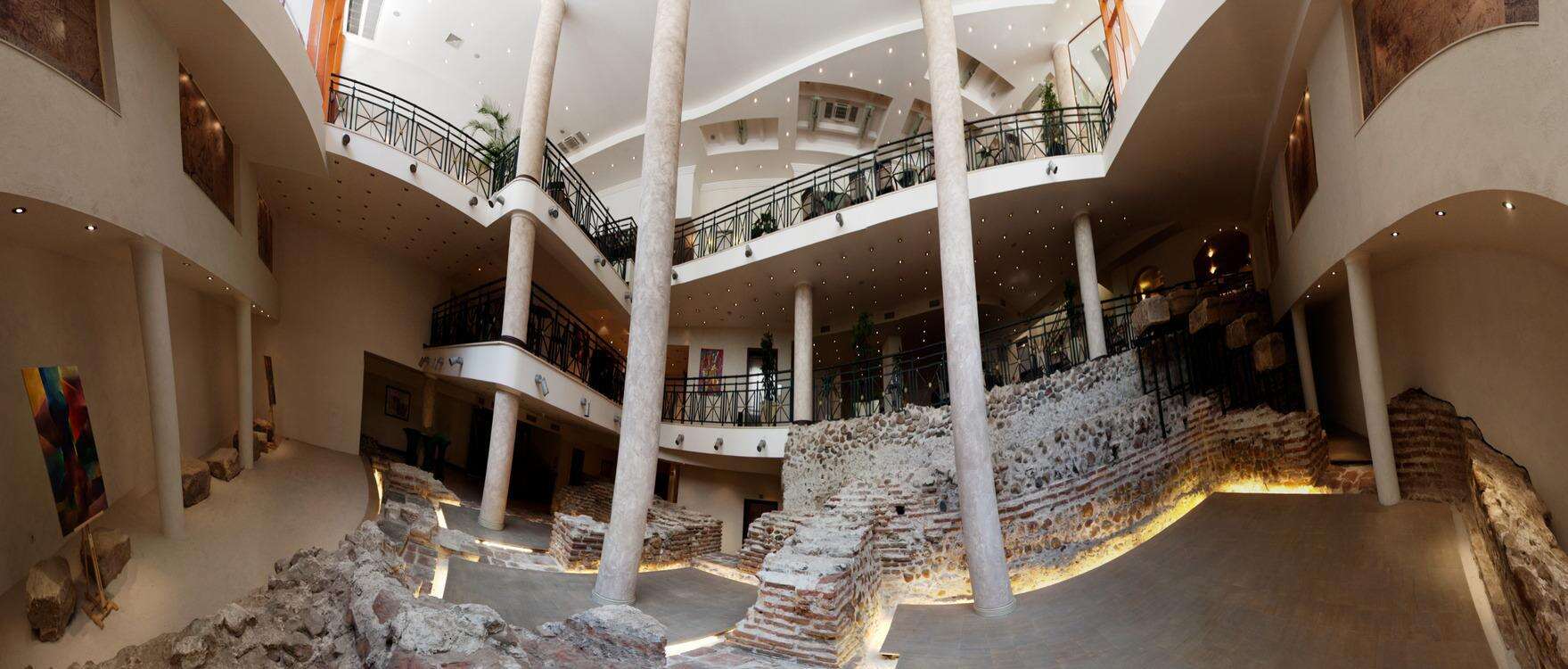
Source: Wikimedia Commons
The excavation was thoroughly done and completed before the hotel construction continued. Today, the ruins have been given a face-lift and have become a prominent attraction in the new Bulgarian hotel.
How the Dead Sea Scrolls Were Found
It is said that the finding of the dead sea scrolls was facilitated by a shepherd in 1947. Frustrated by the loss of a sheep, the shepherd had thrown a stone into one of the holes leading into the Qumran Caves of the West Bank. Subsequently, he heard the sound of breaking ceramics and decided to investigate.

Source: Wikimedia Commons
He found some scrolls and pawned them at the local market. However, his discovery opened the window for professional exploration of the Qumran Caves, leading to the discovery of several hundreds of scrolls.
Have You Met a Canine Explorer?
The discovery of the Lascaux Cave, France, can be safely credited to a canine investigator. When 18-year-old Marcel Ravidat and some friends were horsing around the Montaigne countryside, his dog suddenly trailed off.
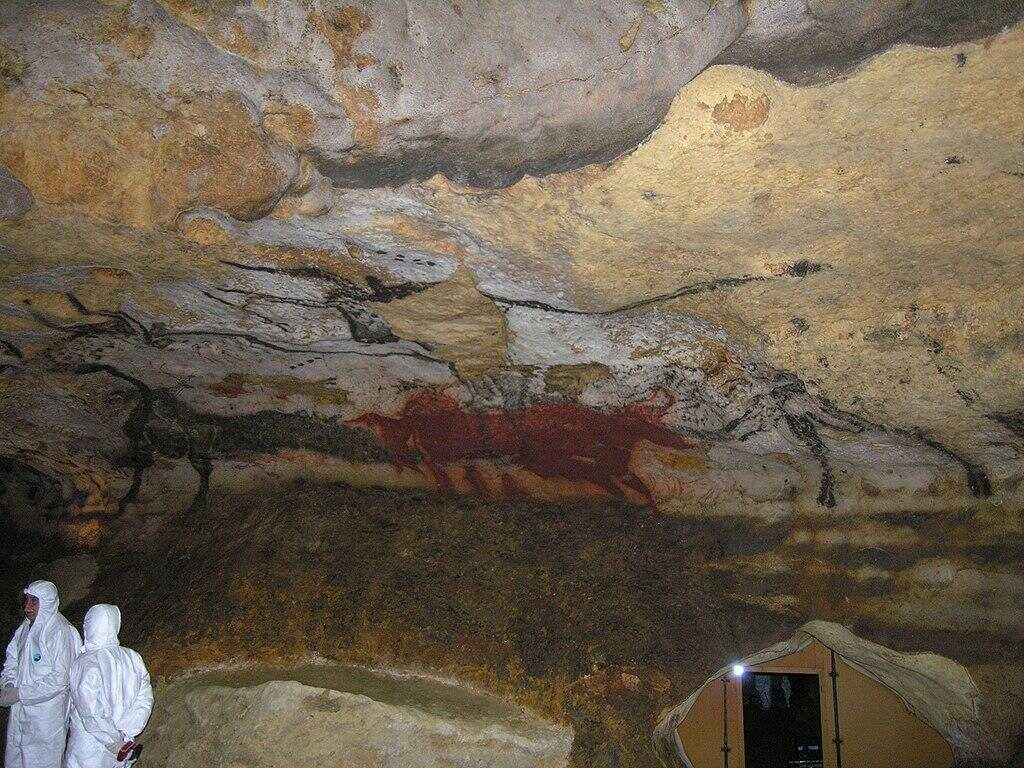
Source: Wikimedia Commons
The teenager found the dog sniffing around a hole, and he jumped in with his friends only to discover a cave with prehistoric paintings. A life-size copy of the mural is presently on display at a visitor center not far from the cave.
A Well-Preserved Iron Age Man
In 1952, a Danish man started digging a pit in the Jutland area. However, Tage Busk Sørensen’s digging ended abruptly when he noticed a human head sticking out of the pit deposit.
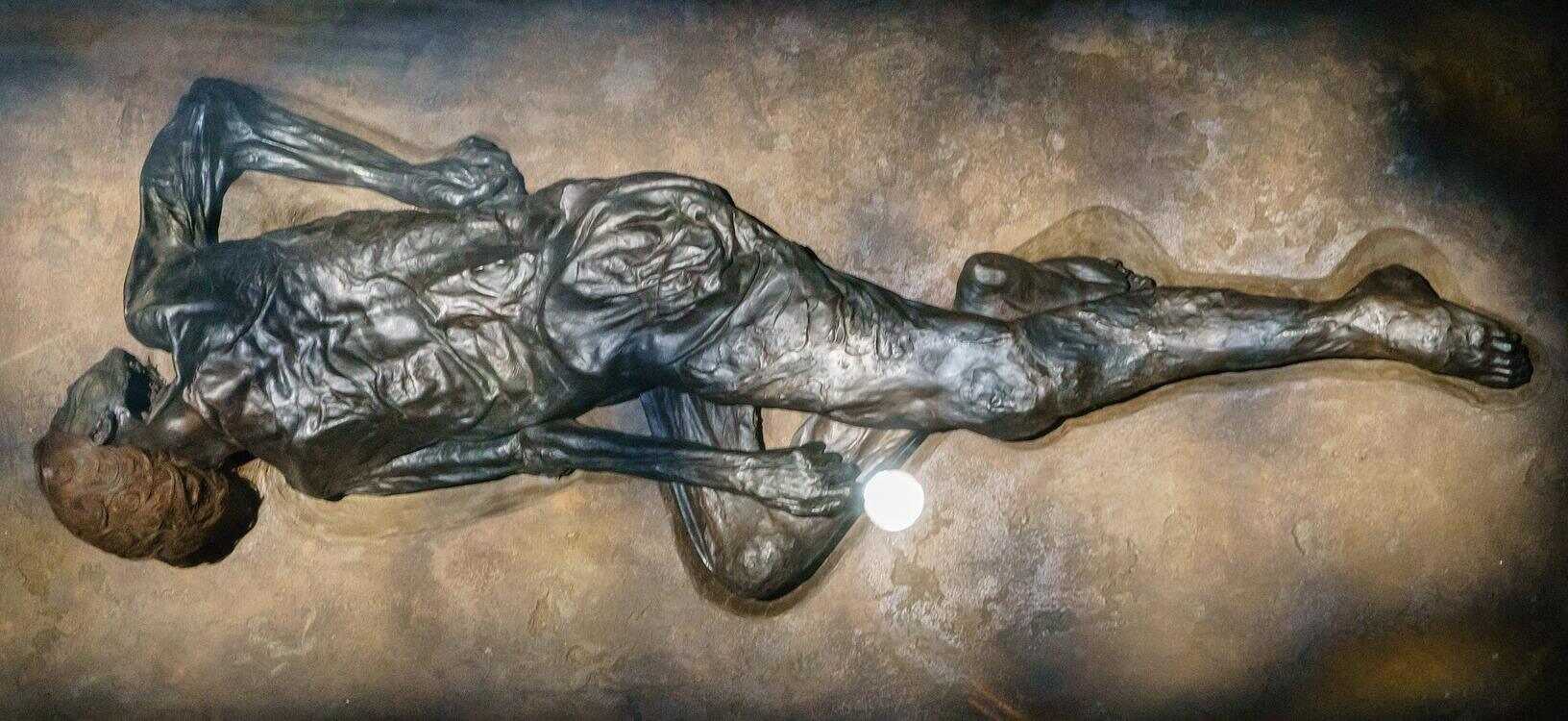
Source: Wikimedia Commons
After calling the attention of other locals and a doctor, they discovered that the corpse was an Iron Age man. Experts have dated the body to be from 390 BC. It has since been put on display at the Moesgaard Museum.
Salvaging Parts of Old Ruins
Yorgos Kentrotas was an occupant of the Milos, a Greek Island, in the 19th century. He was a peasant farmer and made the most of whatever resources he could lay his hands upon. So, when he needed a new building, Kentrotas decided to salvage some stones from an ancient ruin nearby.
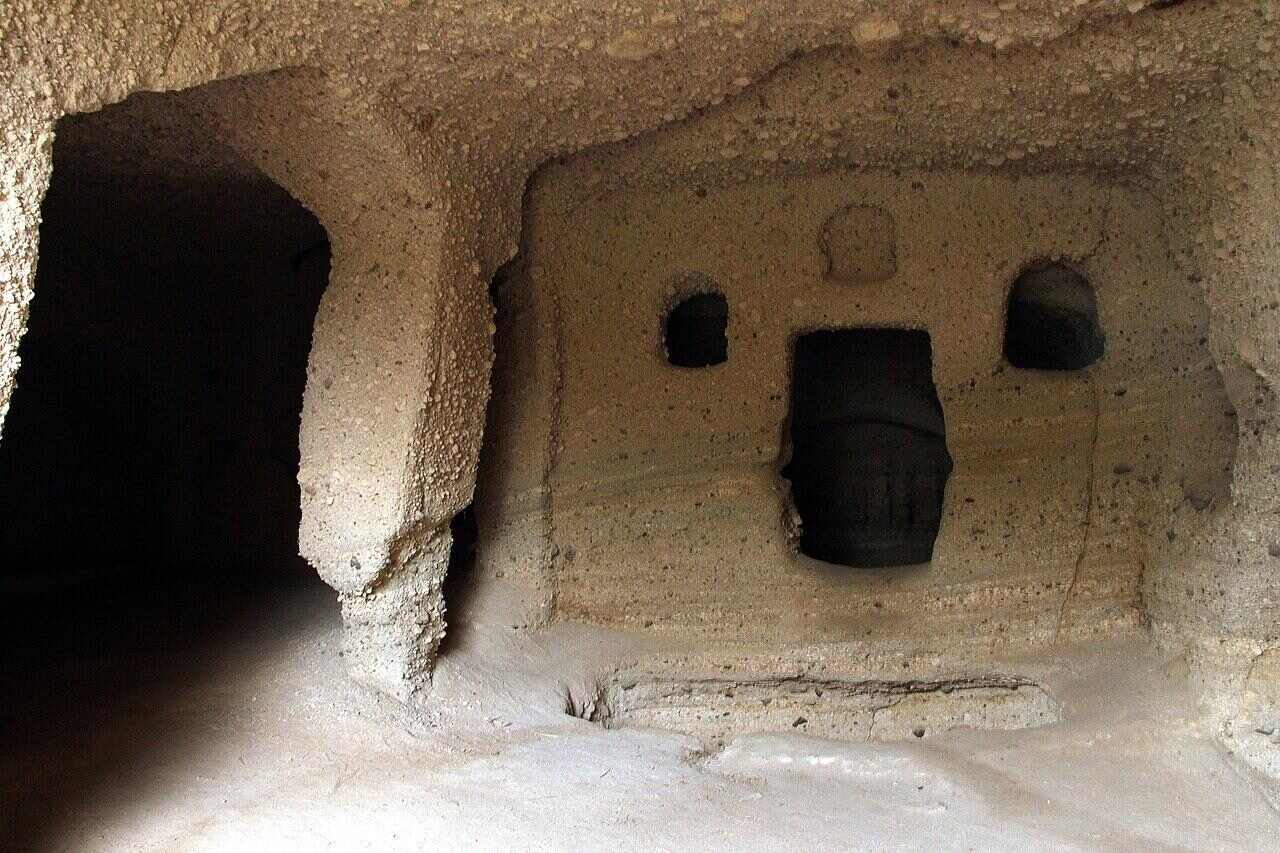
Source: Wikimedia Commons
However, while hacking and moving some of the stones, Kentrotas discovered a statue hidden in a crypt within one of the walls.
Aphrodite, the Greek Goddess of Love
At the time, Olivier Voutier, a French Naval officer, was manning Milos and heard about the discovered statue. After visiting the site himself, he could immediately tell the potential value of the status. It is a female figure that was believed to be a carving of Aphrodite.
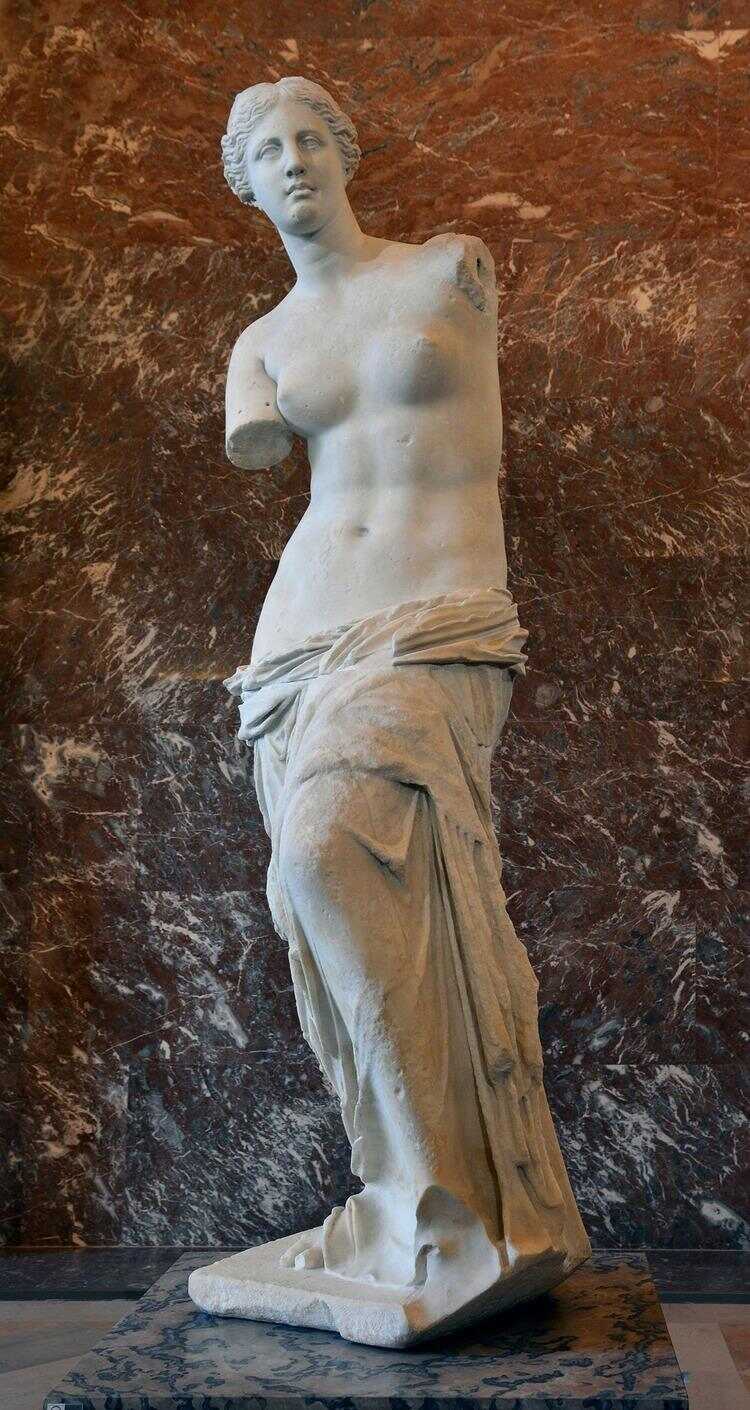
Source: Wikimedia Commons
Voutier saw to the escalation of the two-piece statue. However, after several years of changing hands, the statue is currently on display at the Louvre Museum.
Underwater Discoveries
Mehmet Çakir, a Turkish man who loved to sponge dive in the Mediterranean’s Bay of Antalya, made a notable find in 1982. During one of such dives, he found pieces of a metal slab that he was convinced had ancient significance. So, he alerted local archaeologists.
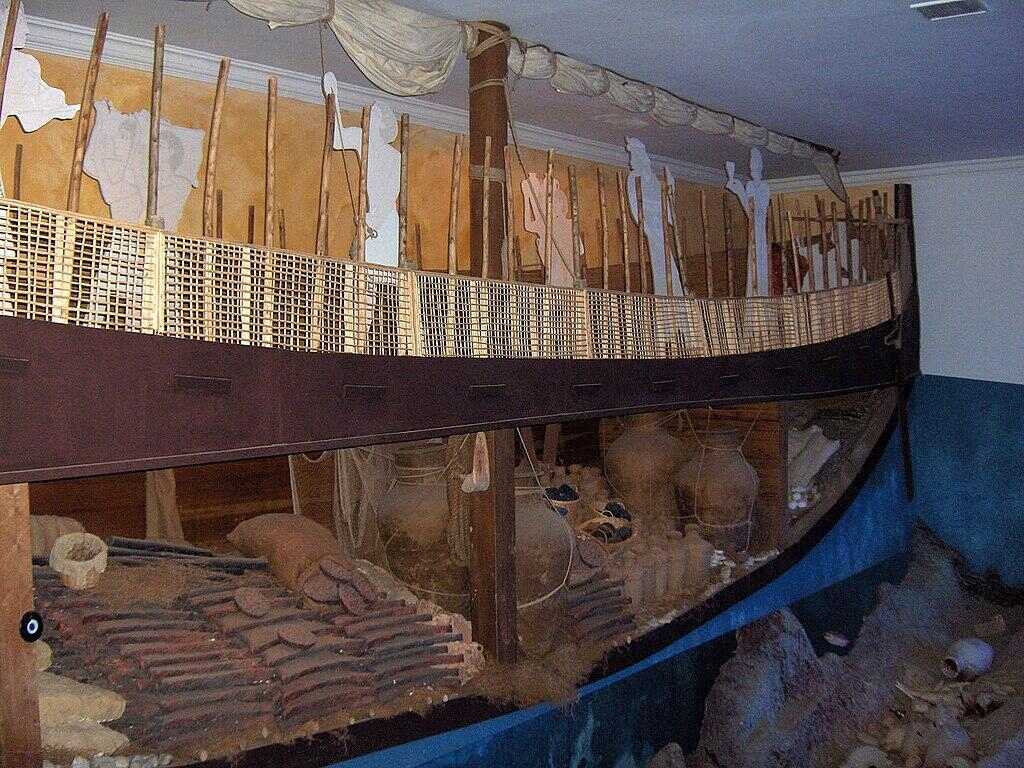
Source: Wikimedia Commons
Excavations would reveal the find to be the remaining portion of a shipwreck from the 14th century BC. The wreck and all its artifacts are on display at the Bodrum Museum of Underwater Archaeology.
Unearthing An Ancient Vault in Scotland
In the 18th century, a bridge was built over a steep Scottish valley located in Edinburgh. Soon after, locals built vaults under the arches of the bridge. Unfortunately, the vaults would end up breeding urchins and misfits, so locals decided to fill it in.
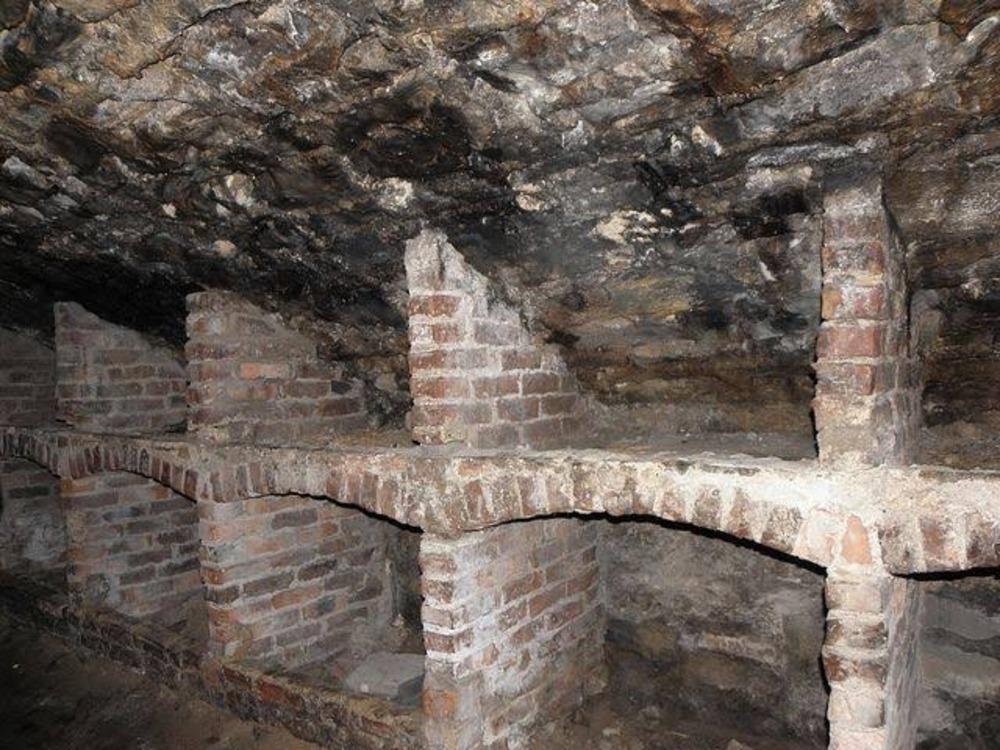
Source: Pinterest
However, around mid-1980, Norrie Rowan rediscovered the hidden vaults after uncovering a tunnel in the cellar of his pub. Since the 1990s, the vaults have become a public spectacle.
The Ancient City of Pompeii
A catastrophic eruption of Mount Vesuvius in 79 AD left the Italian city of Pompeii completely buried in lava and ash. The city was largely forgotten until 1592, when Domenico Fontana discovered the ruins while building an aqueduct through the area. Due to poor logistics and support for the excavations, he eventually reburied the portions that had been dug up.
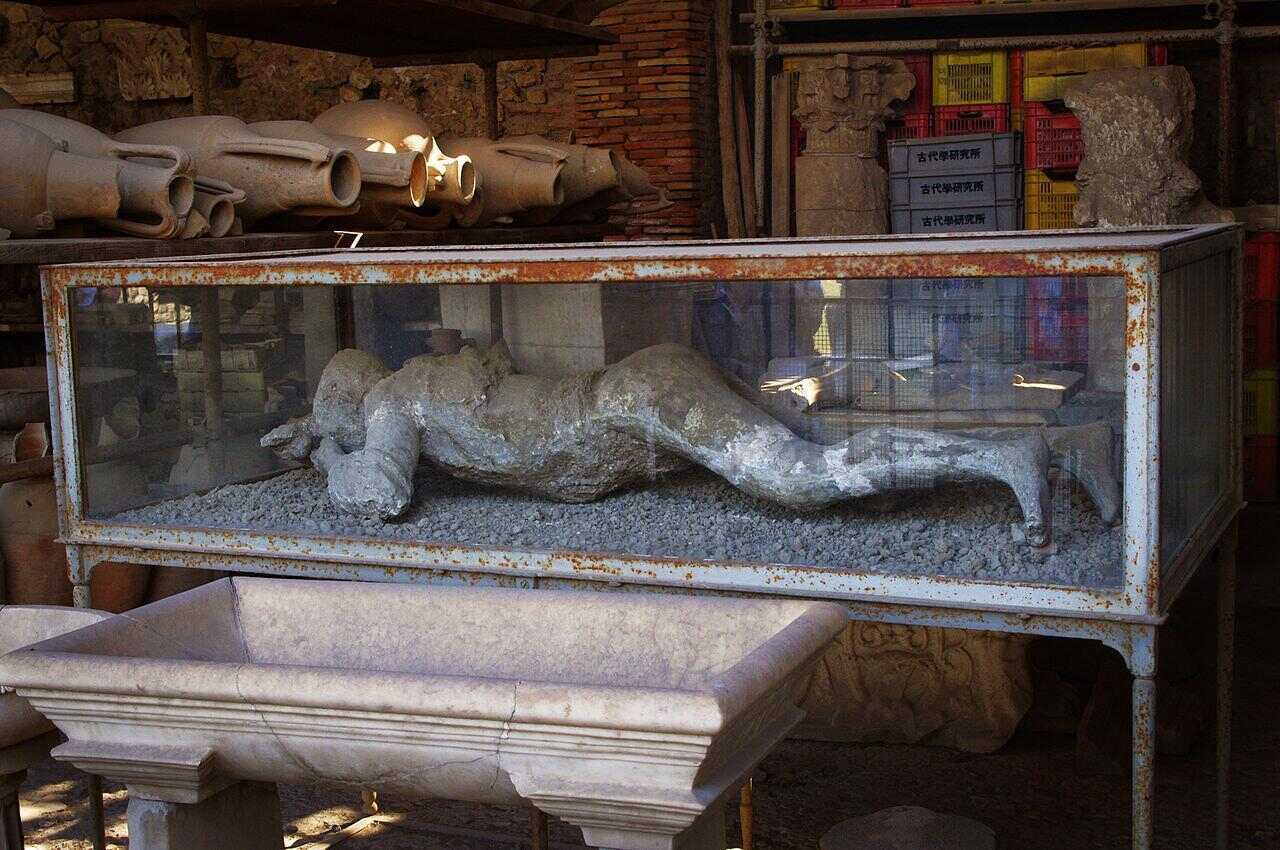
Source: Wikimedia Commons
However, in 1693, a pair of antiquarians resumed excavations on the site, and the city of Pompeii is still being excavated today.
